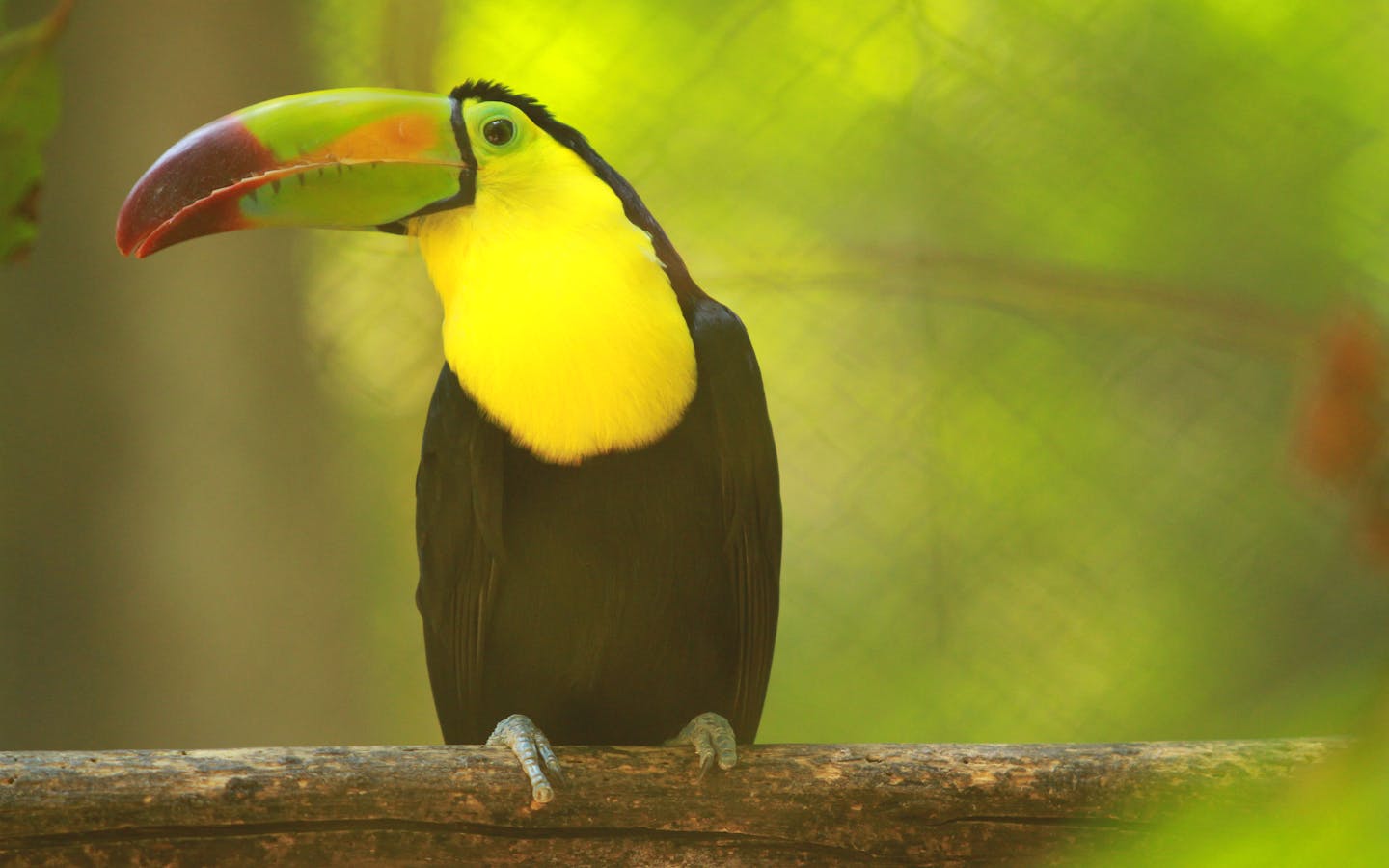ACTIVITIES
July 2021
A meeting took place between CI-S Wildlife team and ACT Suriname where a possible collaboration with the ACT Suriname rangers and CI-S Wildlife team in the villages where the assessment of wildlife trade involvement was discussed.
August 2021
The team visited the Wayamboweg area to advise a local farmer who had lost thirteen of his thirty sheep due to felid attacks. The jaguar coexistence guide was shared with farmers in the Wayamboweg area and the camera trap photos are currently being prepared for analysis.
September 6 – 10, 2021
During the first meeting with the traditional authority of Amotopo, the team introduced themselves and the purpose of their visit. The traditional authority mentioned that they understood the overall objectives and the team was welcomed in the village. Much was discussed about the effects of the newly opened aces to the village which also brought hunters into the area.

Conducting surveys in Amatopo.

On the river with a local fisherman in Amatopo.

Conducting surveys in Kwamalasamutu.

A turtle owned by one of the villagers in Kwamalasamutu.

September 20 - 24, 2021
The second field trip was to Kwamalasamutu. The objectives of this field trip were to:
- Assess the wildlife trade in the village and set foundations for future wildlife projects in TWTIS. Summary of assessment: Kwamalasamutu is one of the largest players in the wildlife trade from the south of Suriname. Pretty much, everybody, we surveyed was involved in the trade in some kind of way. Fortunately, most of the villagers are involved on an opportunistic basis – when they come across wildlife with infants, they shoot the mother for consumption (either own, family or to sell to the villagers) and take the infants to sell for the trade. Infant birds, of pretty much every bird species you can imagine, are poached from the nests for the trade.
- We also identified 2 organized wildlife poachers who have a direct line to the exporters and “big guys” in the city. These people poach a lot of wildlife. However, the village is depleting all its wildlife with a population of 1500 people.
November 9 - 12, 2021
There was a trip to Kalebaskreek to research alternative livelihoods for the community now engaged in the wildlife trade.

